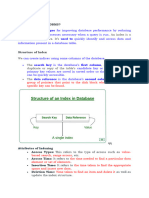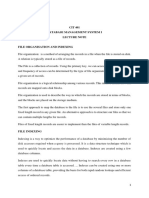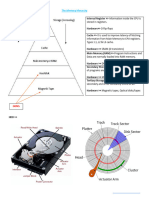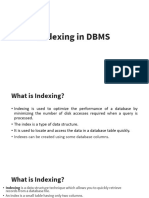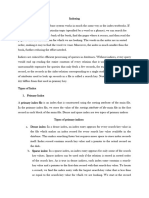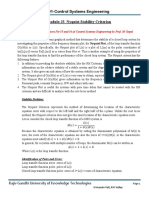0% found this document useful (0 votes)
133 views7 pagesIndexing in DBMS
Indexing in DBMS enhances database performance by reducing disk access during queries, utilizing data structures to quickly locate data. Various indexing methods include primary, dense, sparse, clustering, and secondary indexes, each with distinct characteristics and use cases. B-trees are a specific indexing structure that allows efficient insertion and retrieval of data while maintaining balance within the tree.
Uploaded by
pritampaul2k17Copyright
© © All Rights Reserved
We take content rights seriously. If you suspect this is your content, claim it here.
Available Formats
Download as PDF, TXT or read online on Scribd
0% found this document useful (0 votes)
133 views7 pagesIndexing in DBMS
Indexing in DBMS enhances database performance by reducing disk access during queries, utilizing data structures to quickly locate data. Various indexing methods include primary, dense, sparse, clustering, and secondary indexes, each with distinct characteristics and use cases. B-trees are a specific indexing structure that allows efficient insertion and retrieval of data while maintaining balance within the tree.
Uploaded by
pritampaul2k17Copyright
© © All Rights Reserved
We take content rights seriously. If you suspect this is your content, claim it here.
Available Formats
Download as PDF, TXT or read online on Scribd
/ 7














